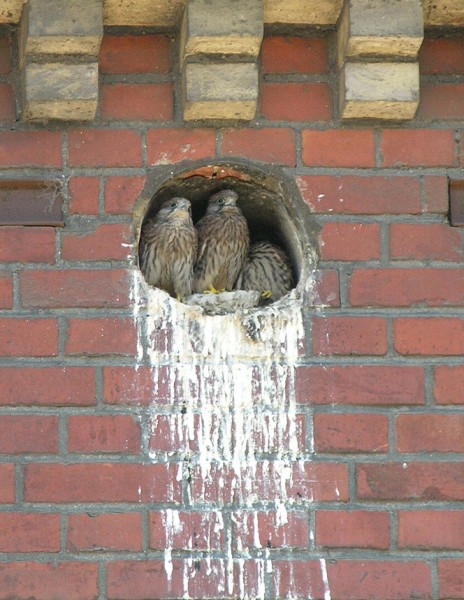Any parent can tell you that raising kids is hard work and even harder if there are multiple infants the same age. (Think triplets!)
Most birds experience this multiple effect every time they nest. In fact, the work is so exhausting that having “extra” kids beyond their normal clutch size decreases the parents’ life expectancy in some species.
This was shown in studies of common kestrels in Europe in the 1980s.
A team led by Cor Dijkstra artificially lowered and raised brood sizes of common kestrels by removing eggs from some nests and adding them to others. Kestrel parents whose brood size of five remained normal or was reduced to three experienced the typical winter mortality of 29%. On the flip side, adults whose broods were augmented were much more likely to die the next winter. 60% of the kestrels who raised two extra chicks were dead by the following March.
For thousands and thousands of years the clutch size of the common kestrel has been honed by the deaths of those who raised too many. The birds settled on the number five. More than that can kill them!
(photo of common kestrel nest in Germany from Wikimedia Commons. Click on the image to see the original.
Today’s Tenth Page is inspired by page 521 of Ornithology by Frank B. Gill.)
